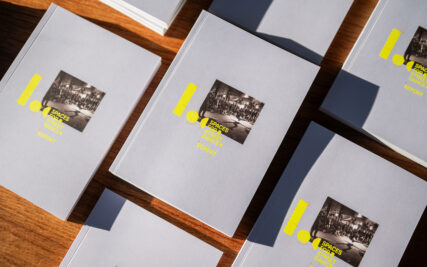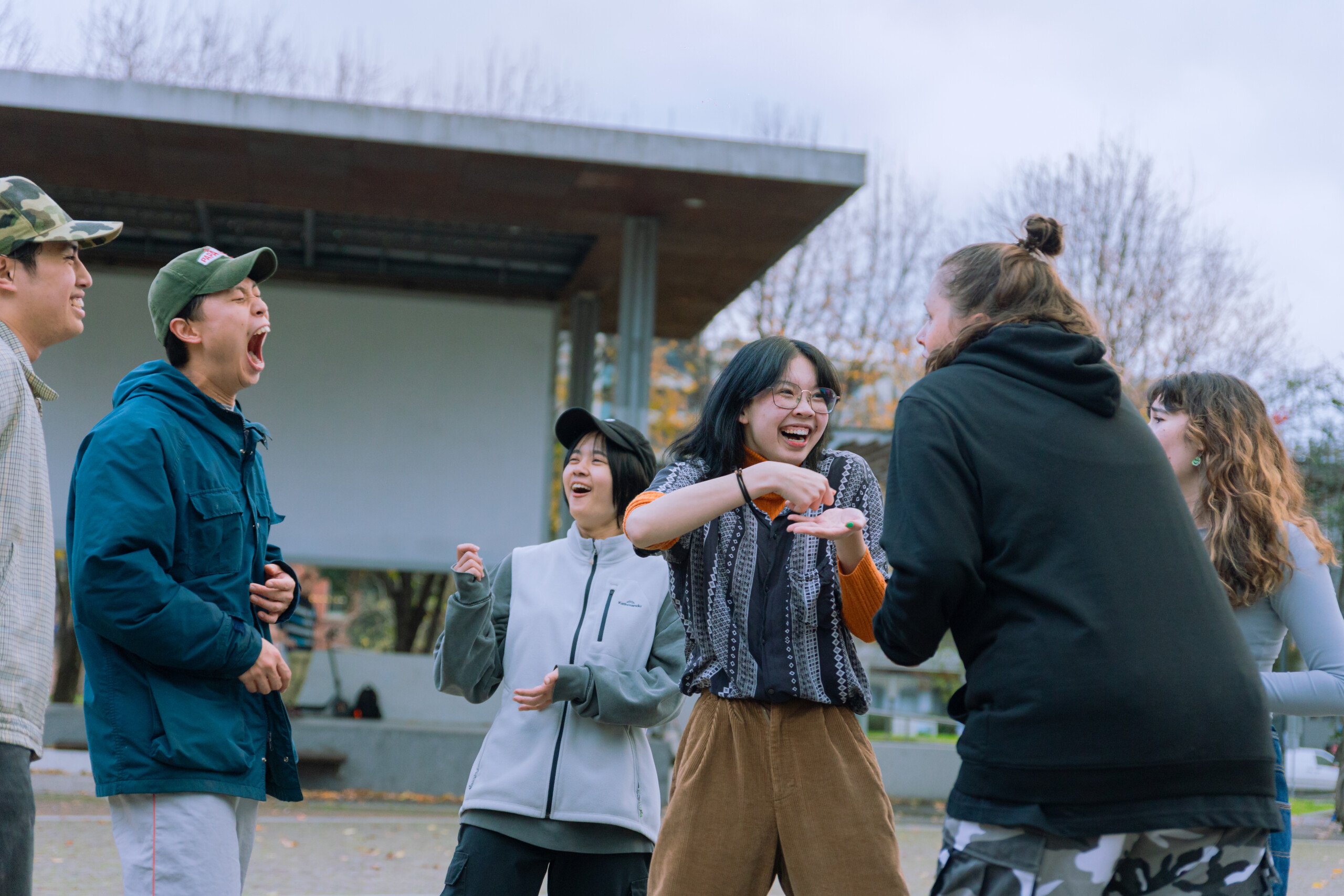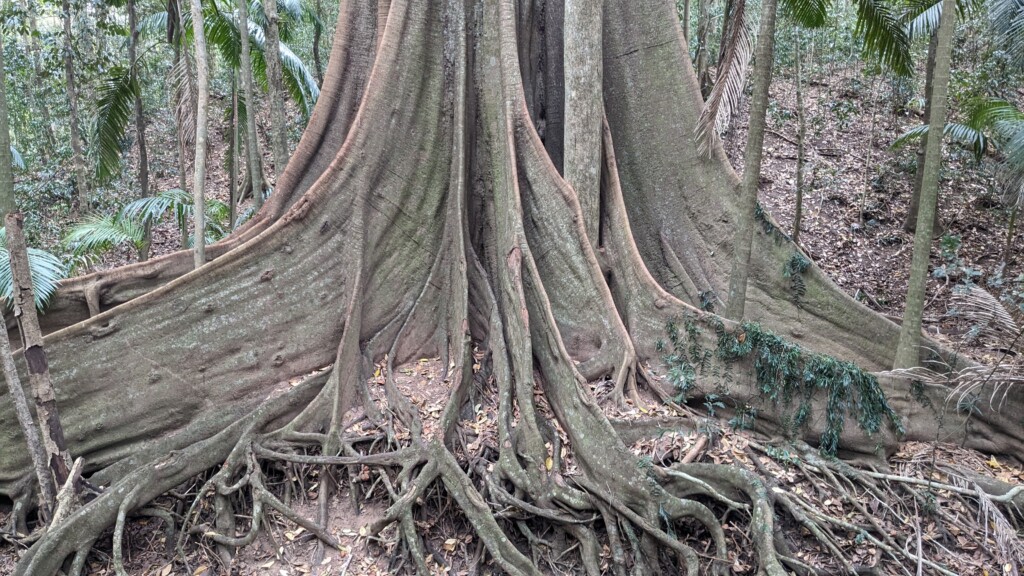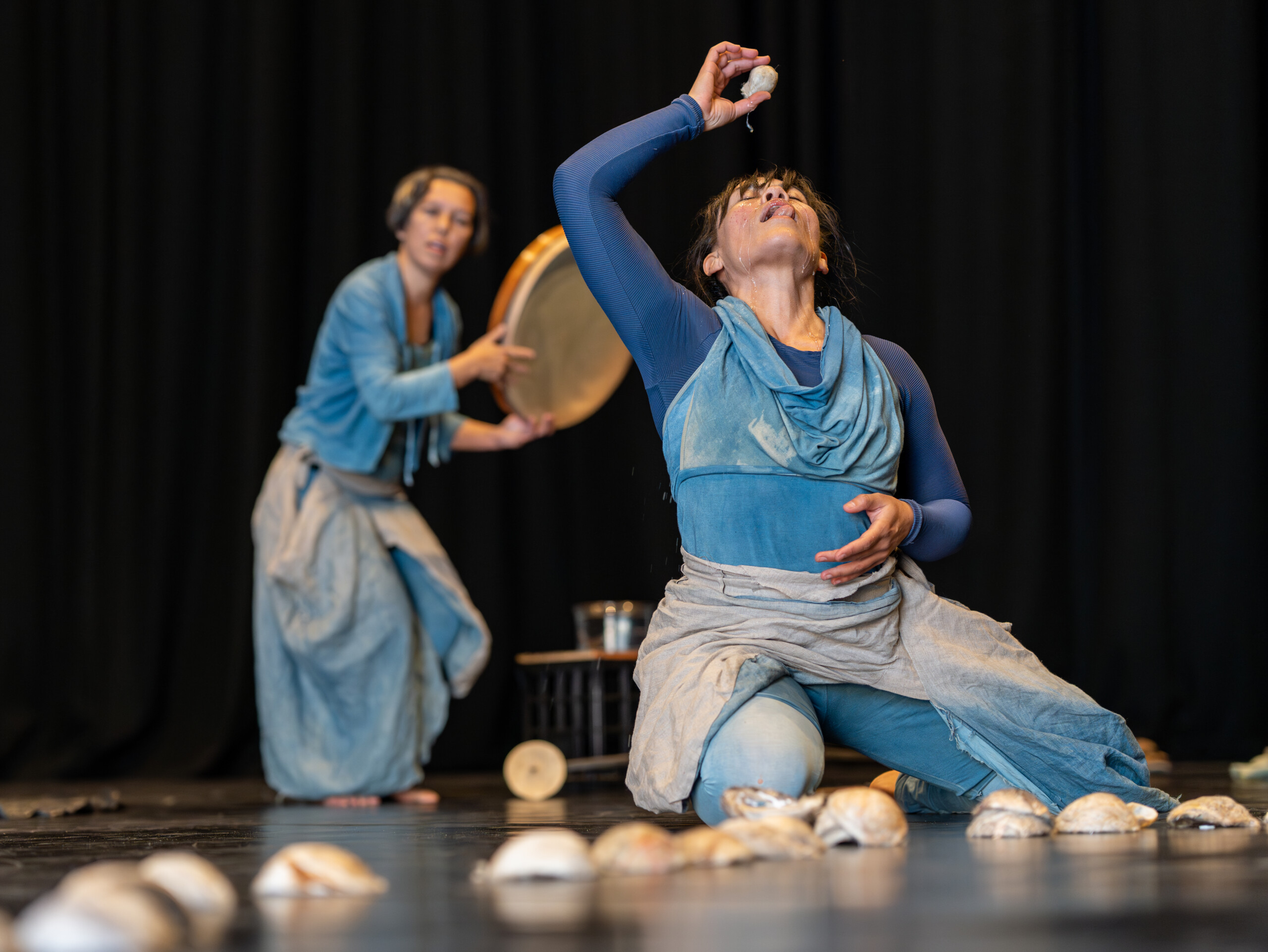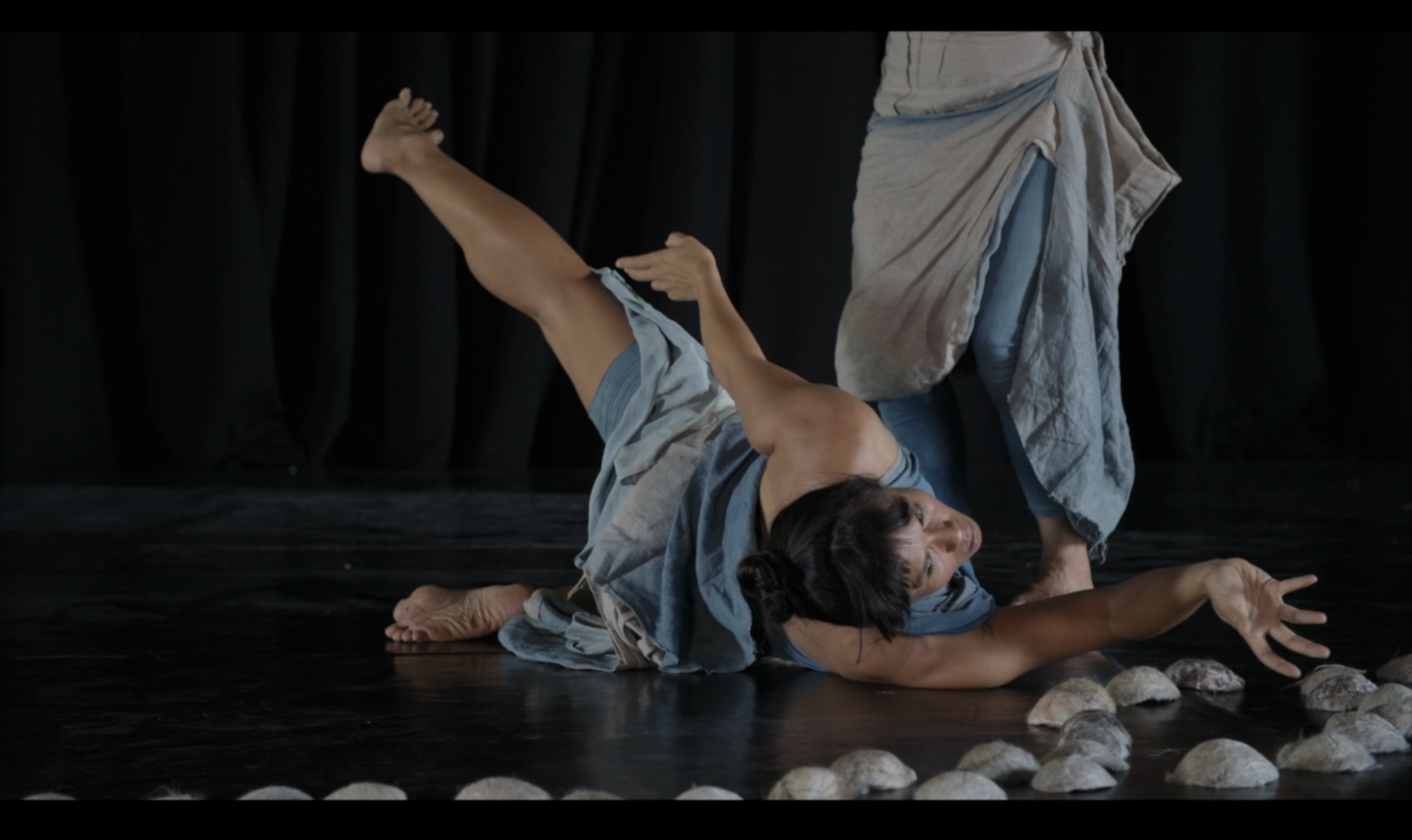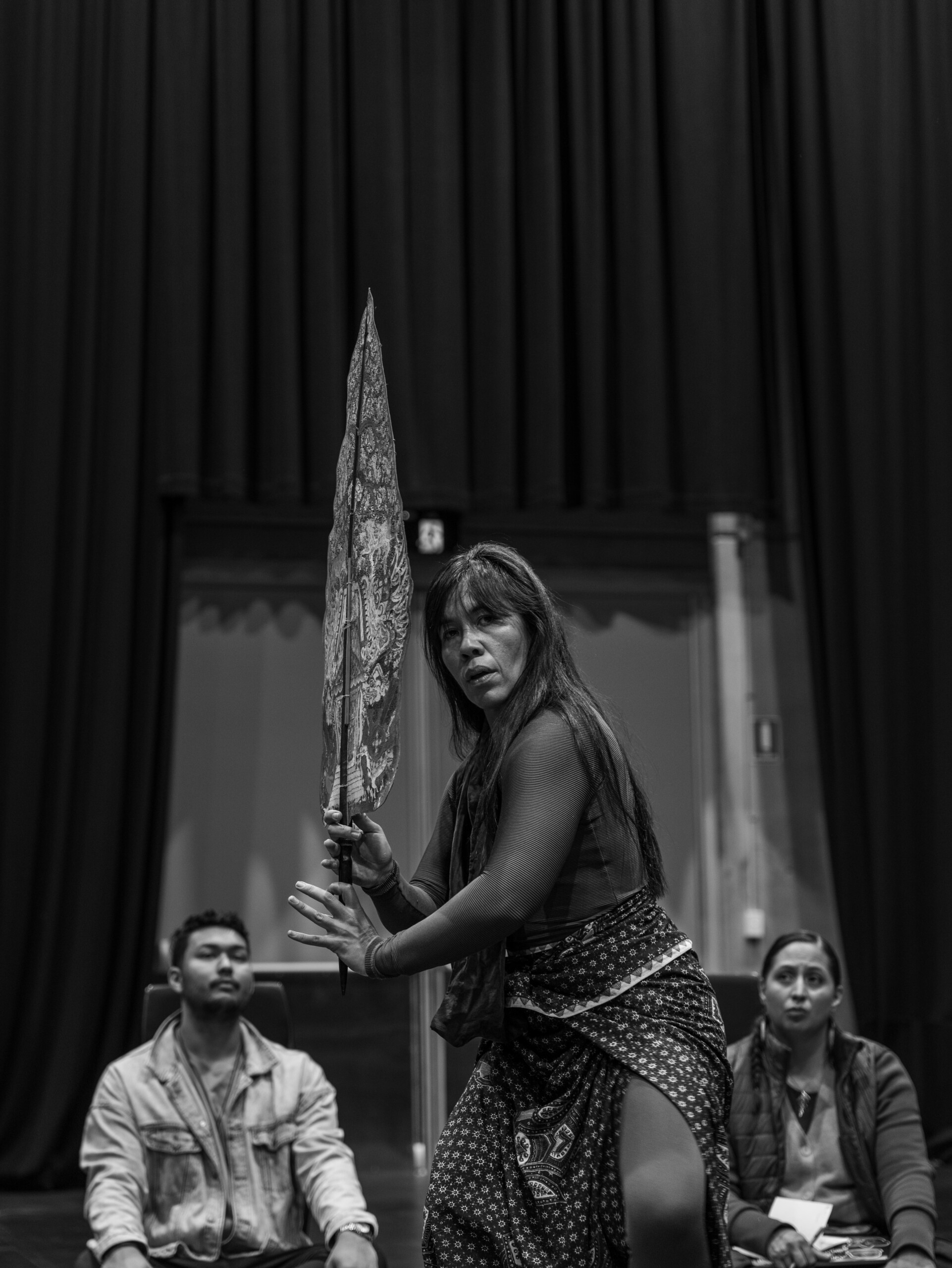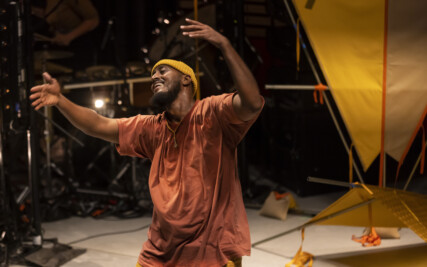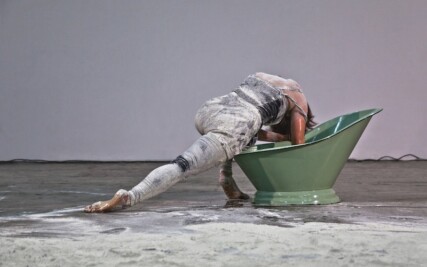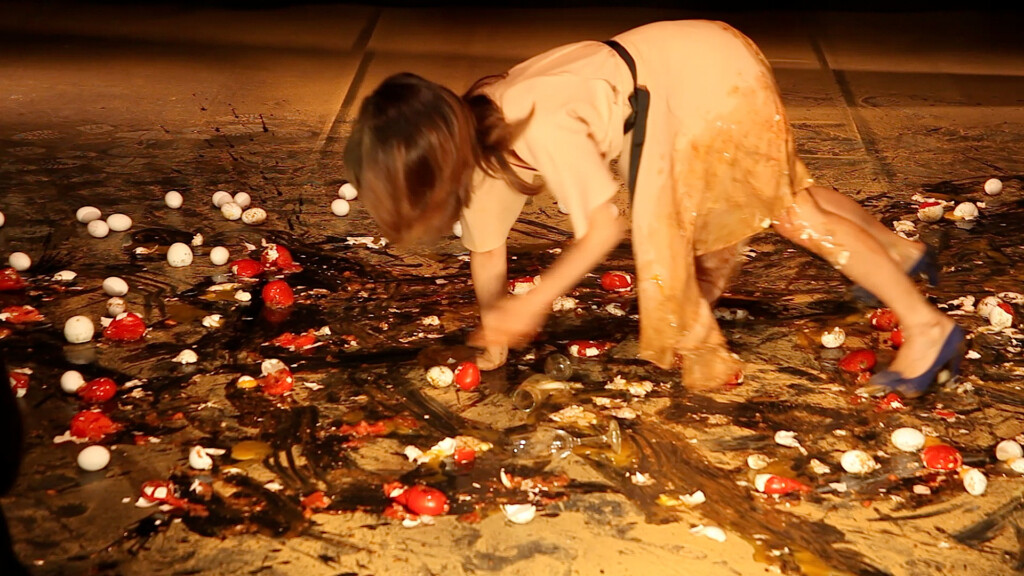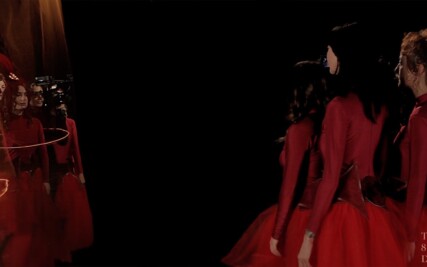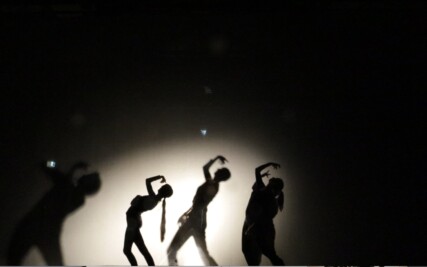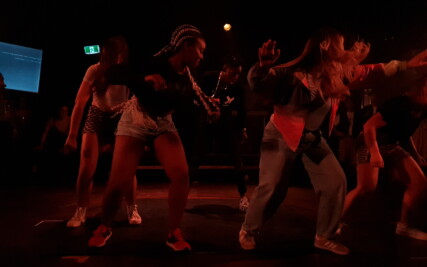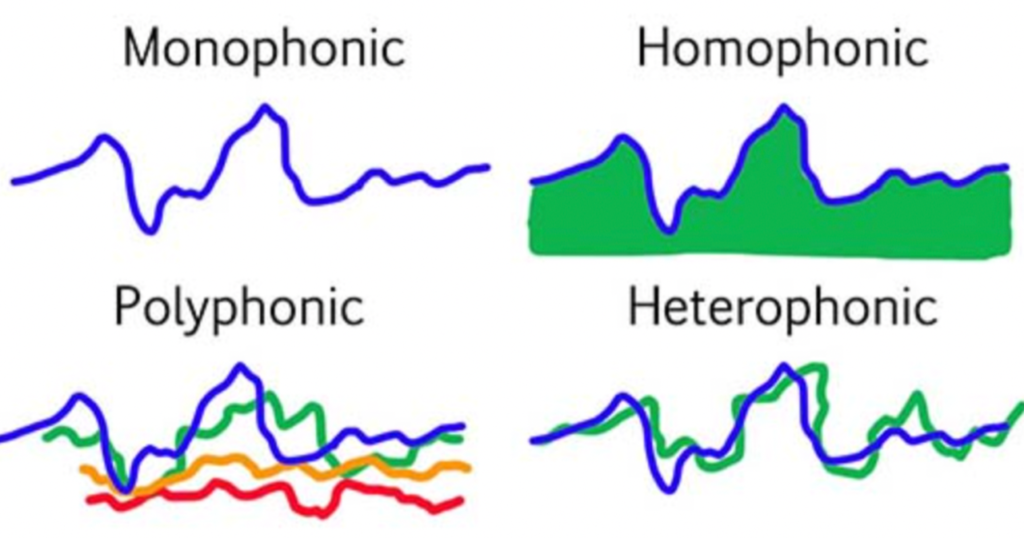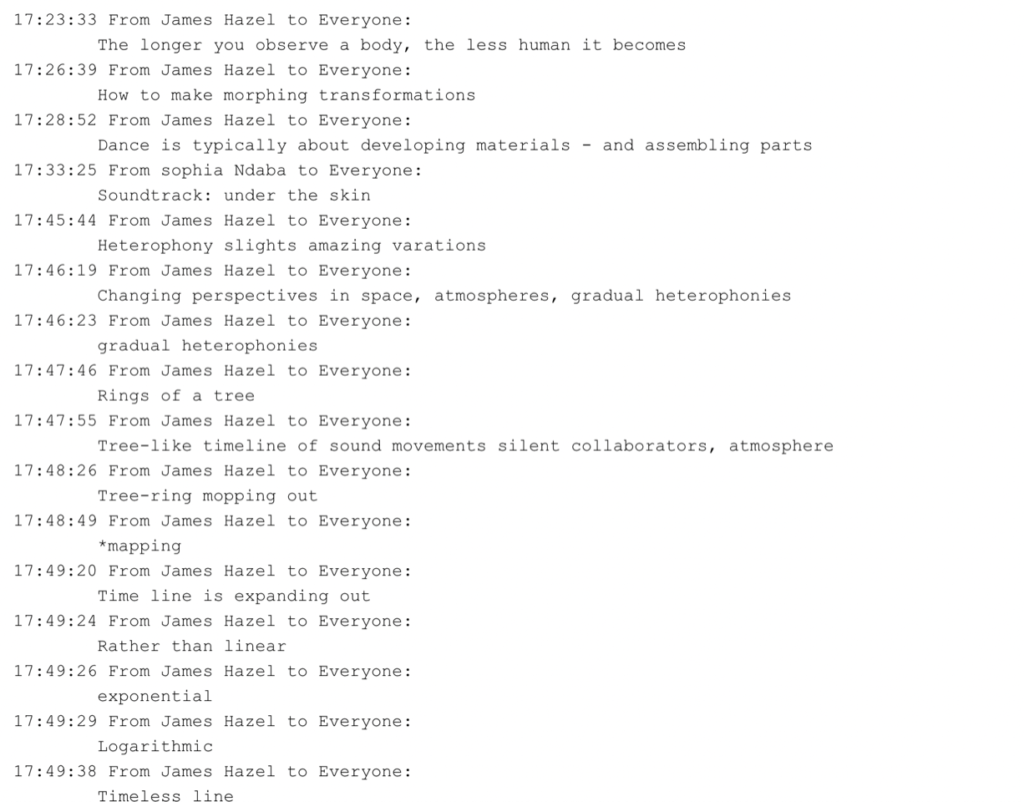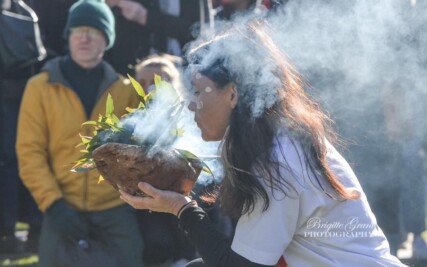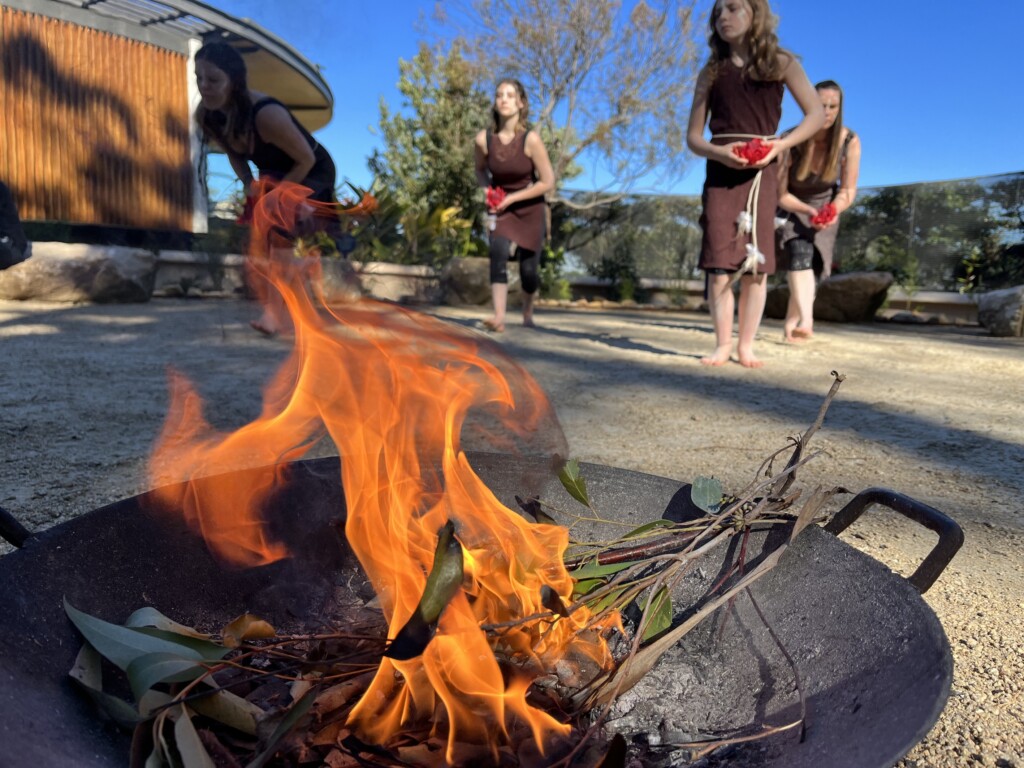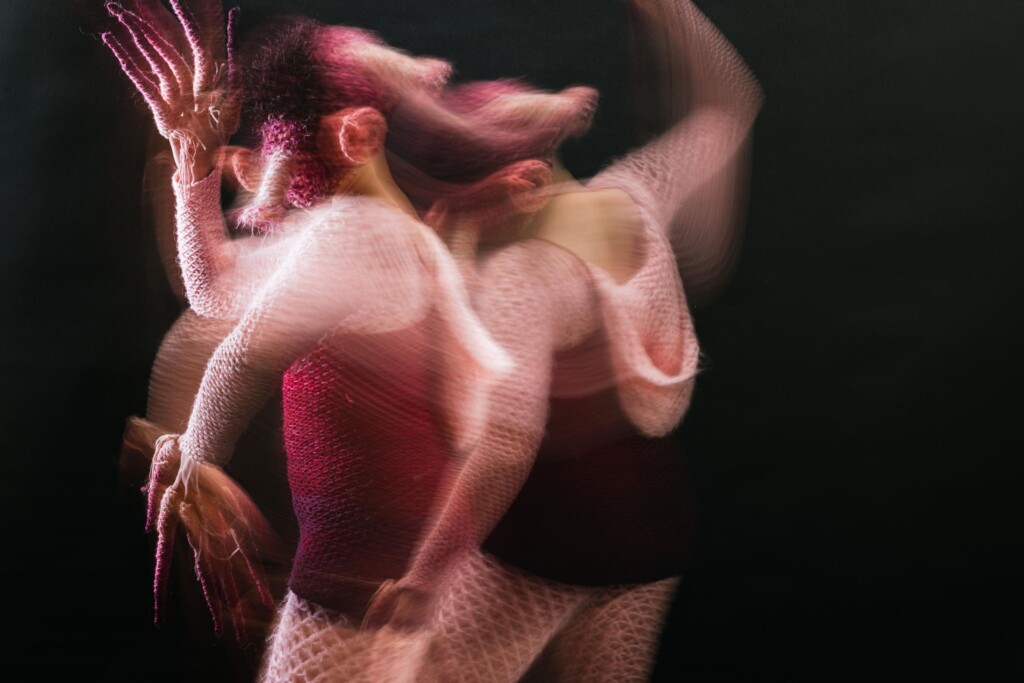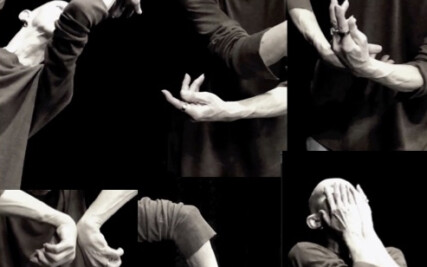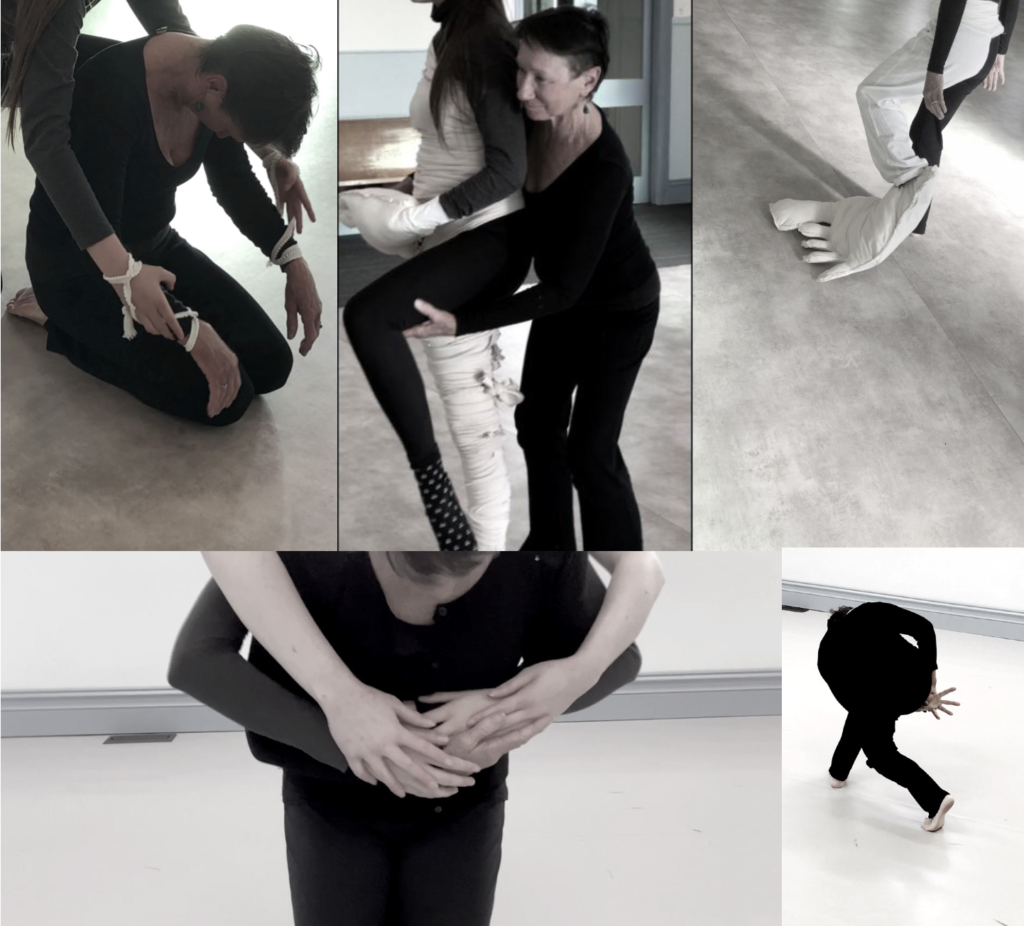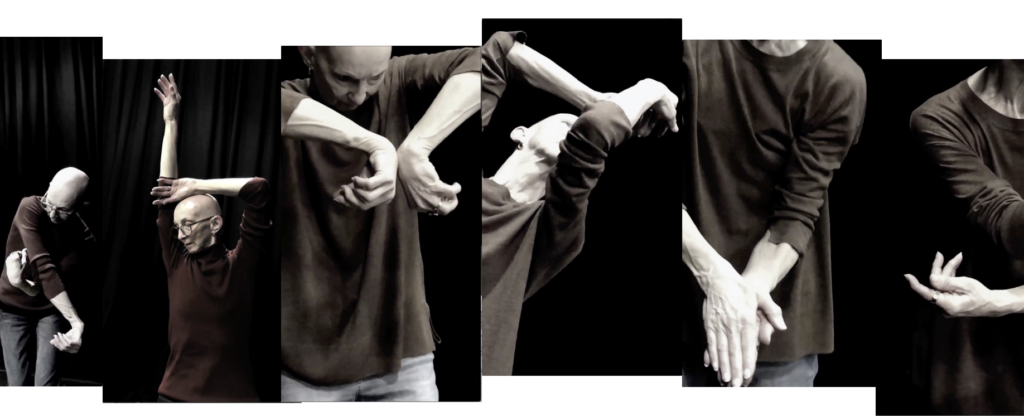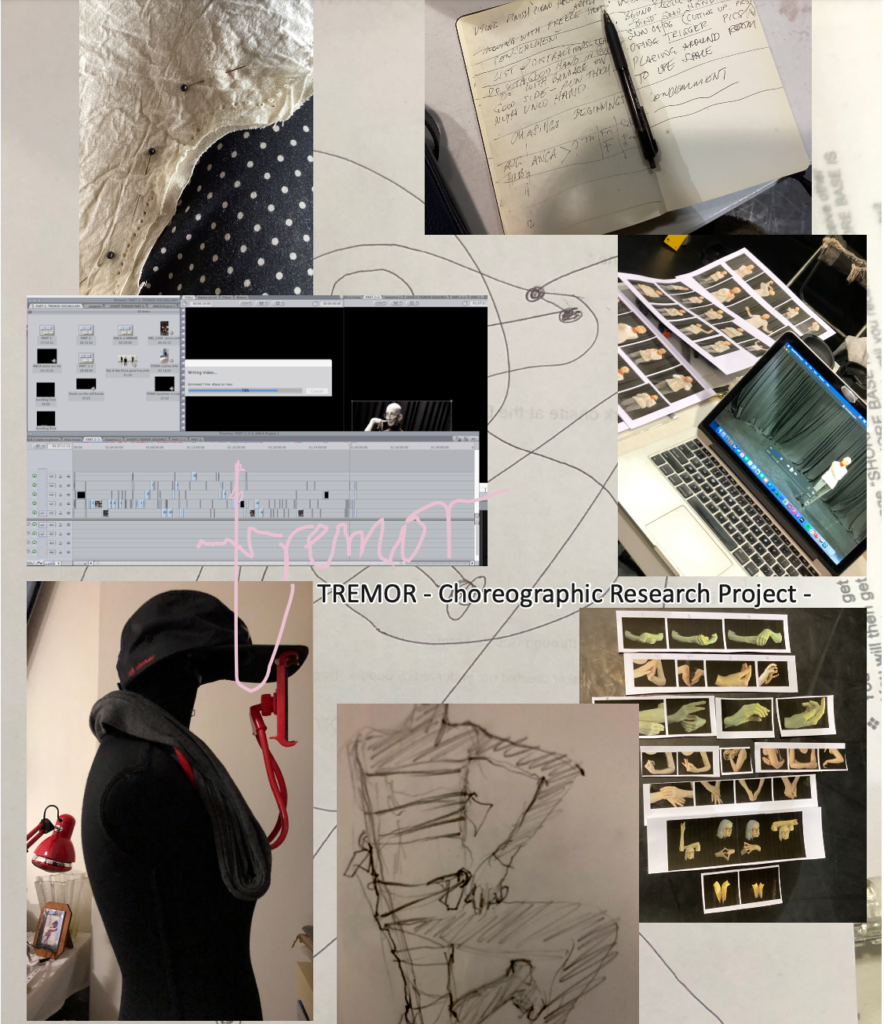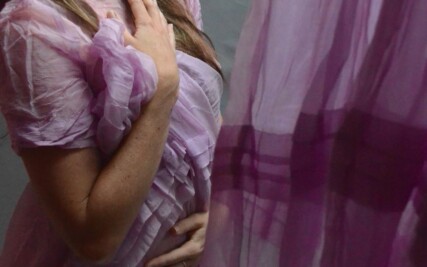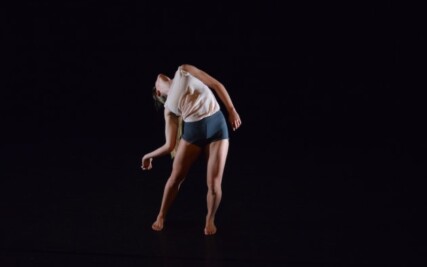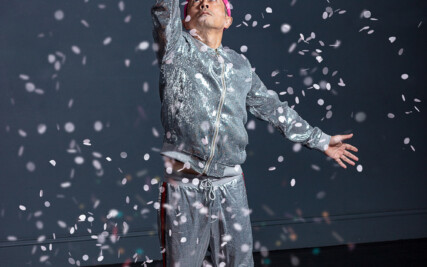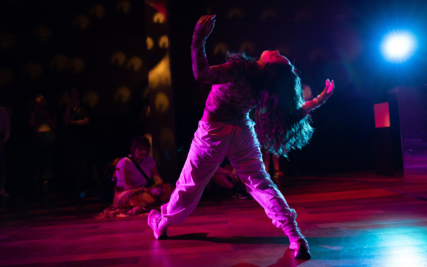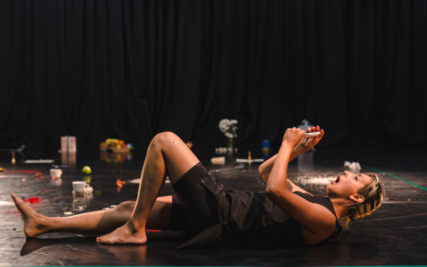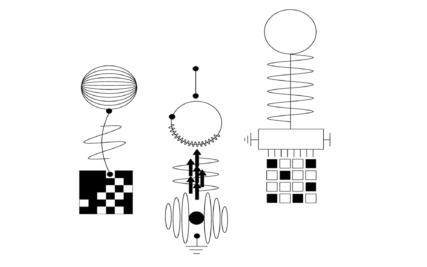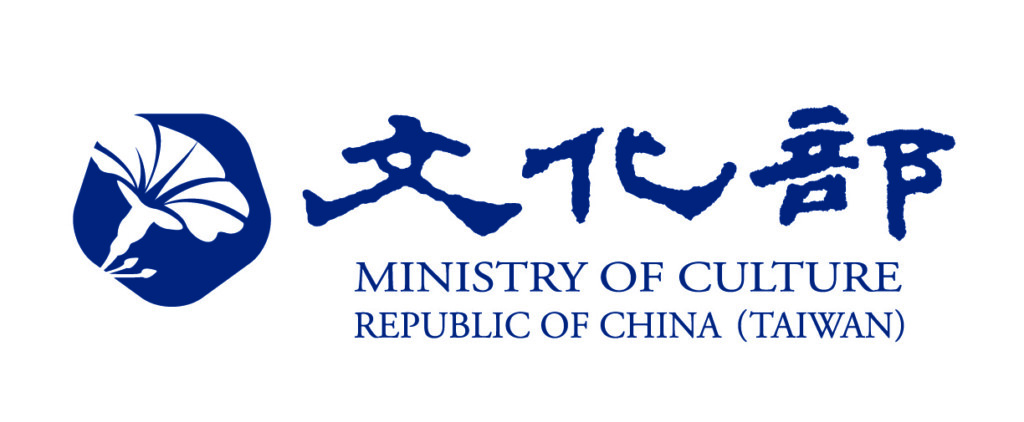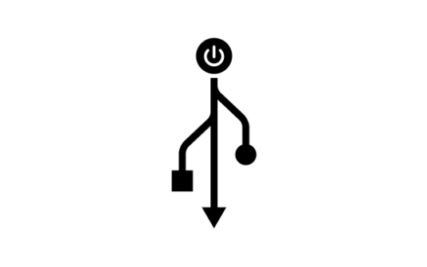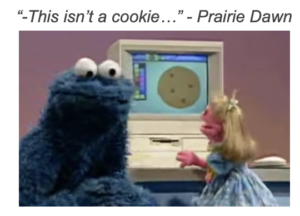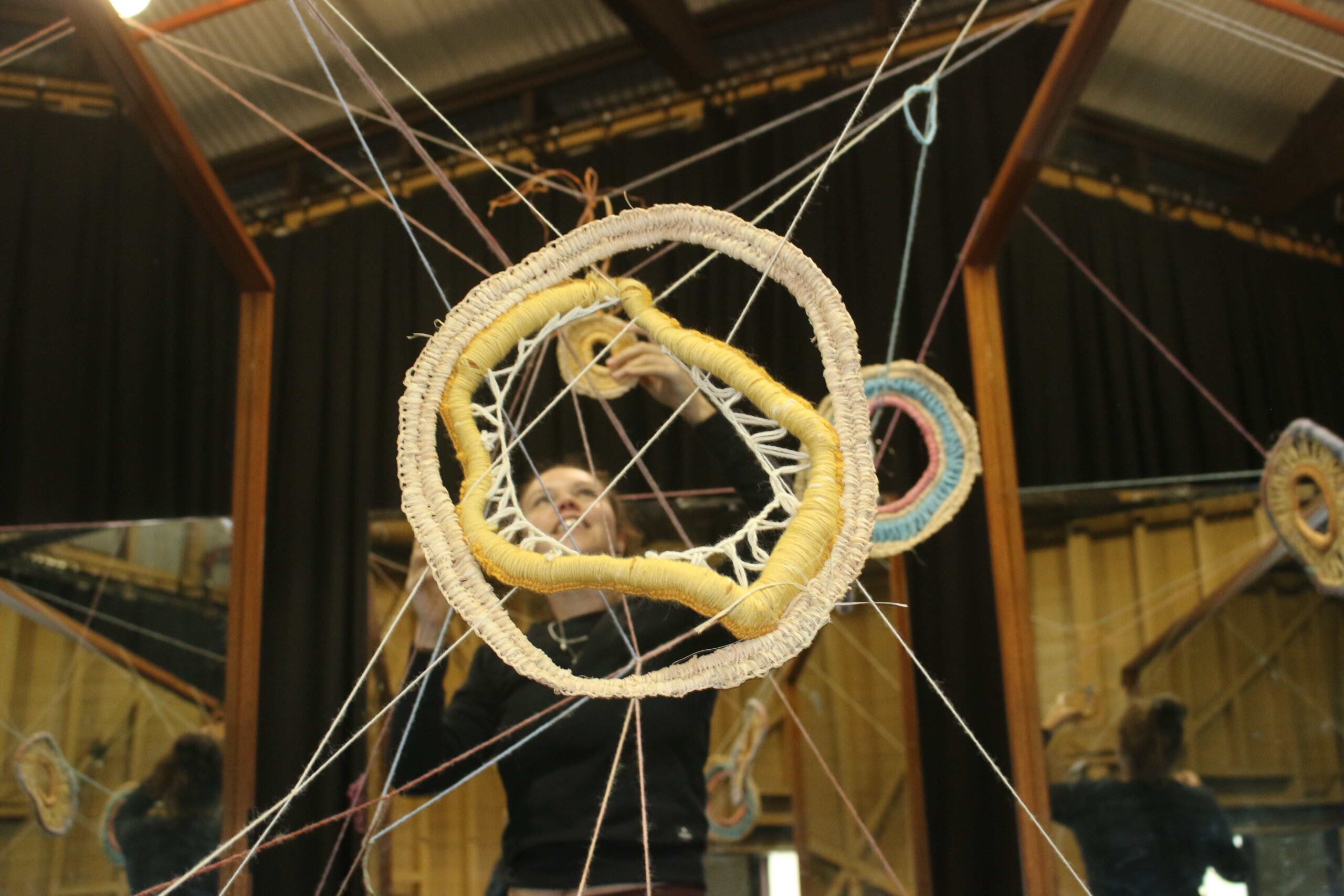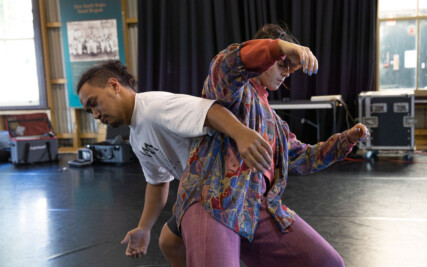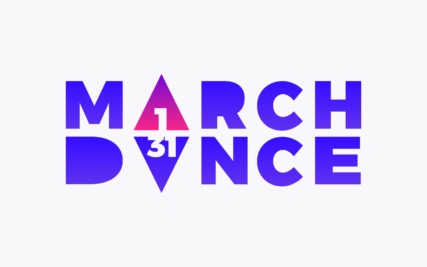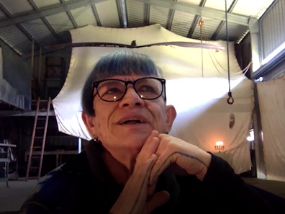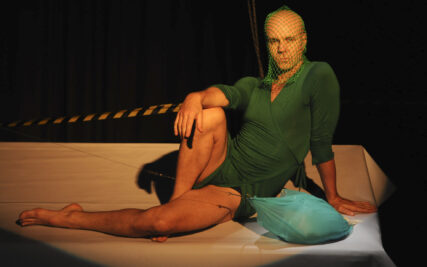The Spaces for Street Dance research and feasibility study was a year-long research on the diverse styles and cultures of Sydney’s street dance community, led by Dr Rachael Gunn (Macquarie University) and Feras Shaheen, in partnership with Critical Path and supported by City of Sydney.
The project culminated with the Report which provides important insight into the demographics and make-up of Sydney’s diverse street dance community. It foregrounds the voices of dancers in sharing their experiences of dancing in public space, revealing not only the positive impact on community-building, wellbeing, and artistic development, but also issues with abuse and harassment.
The overarching goal of the project is to develop a deeper understanding of street dance community practices, provide a way forward for improved use of city spaces, develop stronger relationships between arts and business, and highlight the valuable contribution of street dance to the cultural fabric of the City of Sydney.
The research has included a survey, focus group, and interviews, and has drawn on the expertise of a Knowledge Circle (Poppin Jack, Red Lady Bruiser, Azzam Mohamed, Eliam Royalness, Amelia Duong, Sammy the Free).
DOWNLOAD the Report as a single spread PDF
DOWNLOAD the Report as a double spread PDF
IMAGE CREDIT: Johnny Chaing Photography

